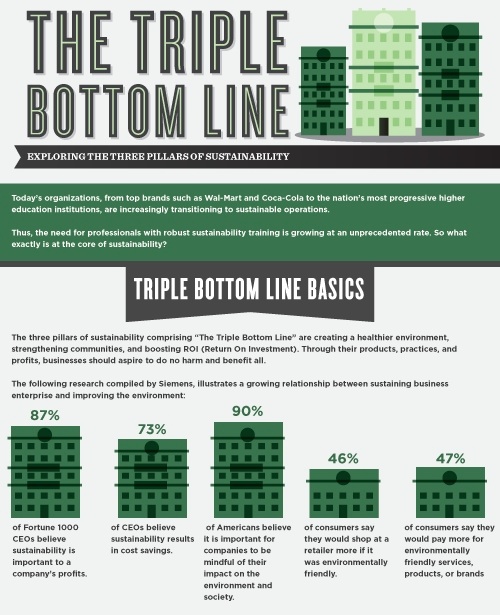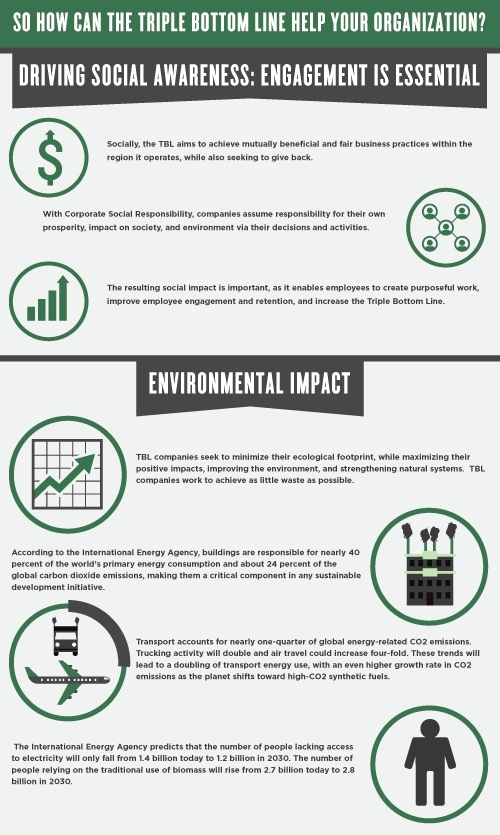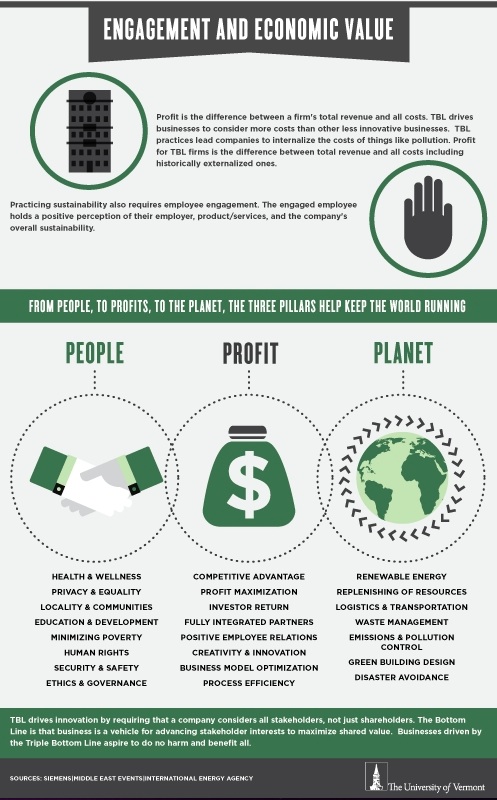Understanding Sustainability
The simple and widely accepted definition of sustainability always goes something like, “use less today to save the world of tomorrow!” Trying to define and understand sustainability in depth, though, can be very difficult because it applies to pretty much every area of life. It is important in everything: from the food you eat, to the lotion you wear, to the car you drive. At the University of Arkansas, both our Sustainability Council and our sustainability academic programs approach sustainability in terms of four major systems: Built systems, Managed systems, Social systems and Natural systems.
Dividing it in this way is useful when it comes to determining how one’s personal goals line up with sustainability. For instance, an architect would focus on the built system, while an ecologist would focus on the natural system. But what happens when the architect needs to consult the ecologist for a building she is designing for a wildlife agency? The lines begin to blur. Sustainability is multidimensional, and each area will always have an impact on the next. It is a never-ending circle of co-existence.
How does this tie in to sustainability and business?
The Triple Bottom Line: People, Planet, Profit
This info graphic, produced by the University of Vermont, provides for a better understanding of the Triple Bottom Line and its role in sustainability.



